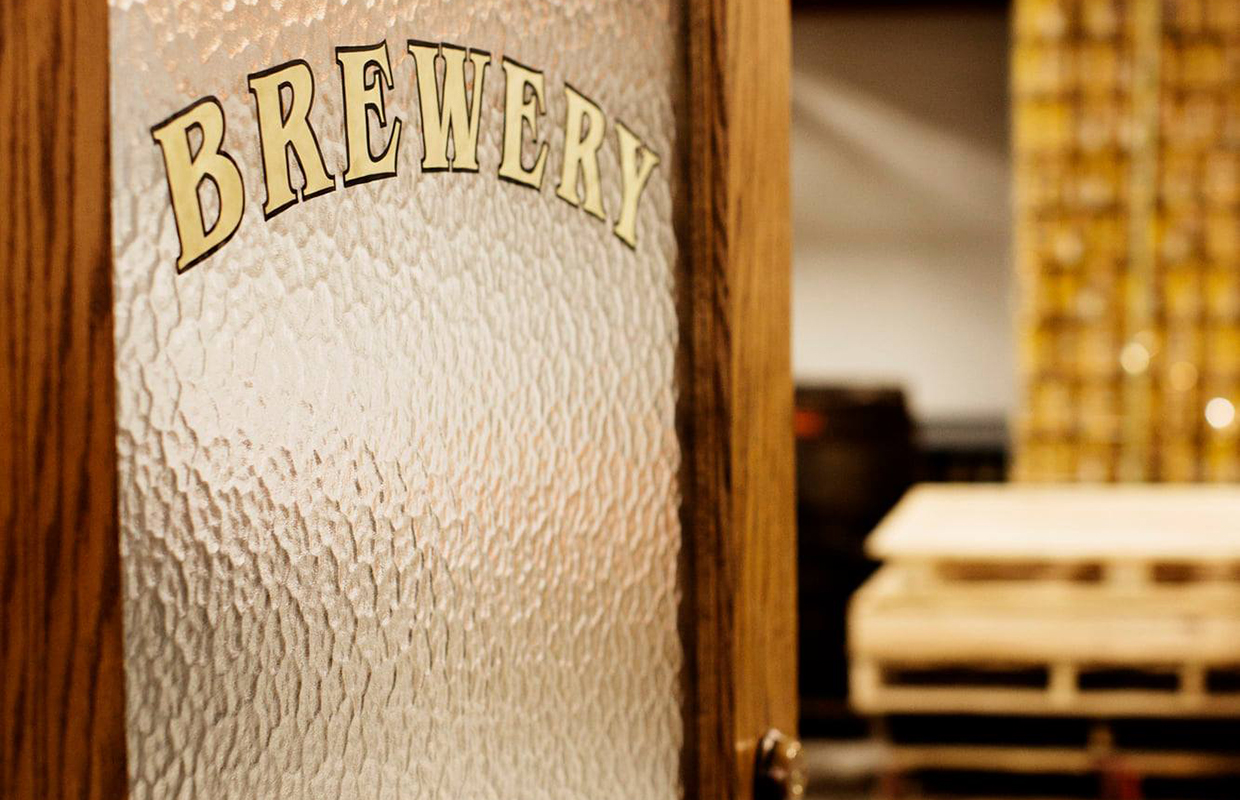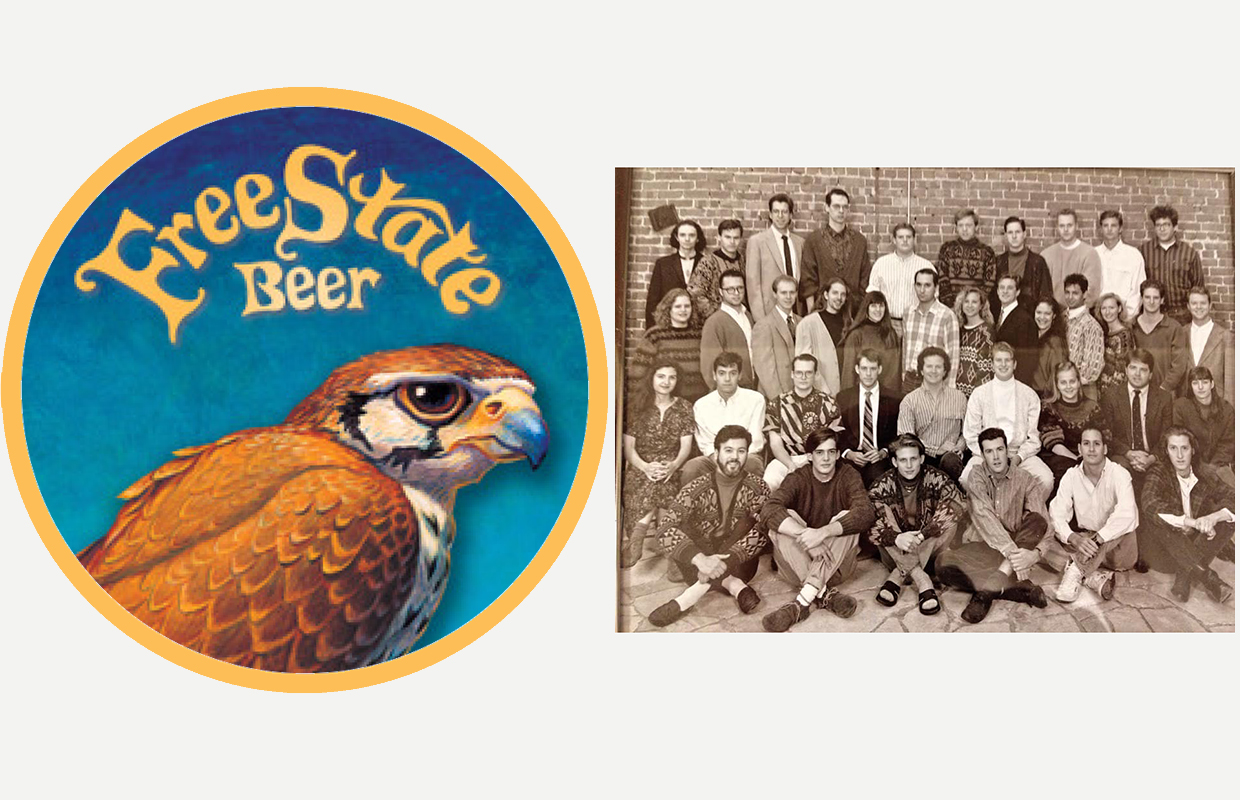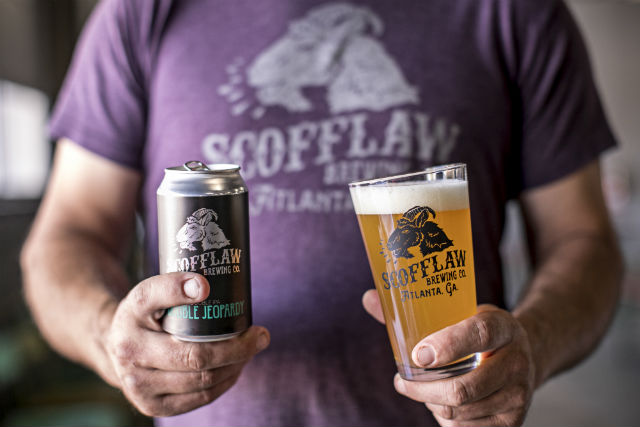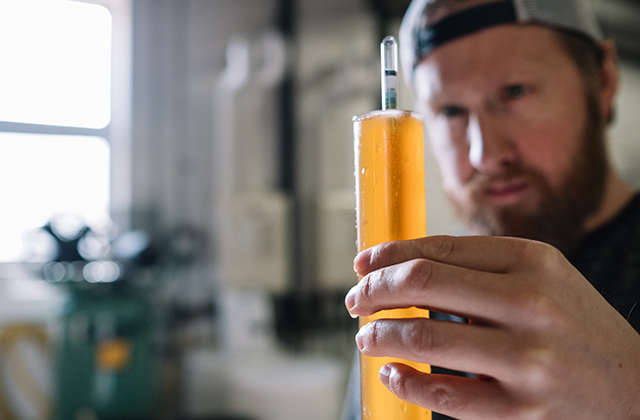
No matter how much thought you put into your startup business plan for your brewery, it’s not going to go exactly how you anticipated it.
In the near-decade of coverage that Brewer has provided and in talking to hundreds of breweries across the country, not once has a brewery owner said the original business plan that was laid out never wavered.
So there is tip No. 1, expect to change. It could be a cost addition, timing changes on equipment and when it will be ready, how many batches are made per week, how many cans or kegs need to be purchased. Things will always change. A business plan is a living document.
At the time when Lone Tree Brewing opened in 2011, founder John Winter said there was already a handful of other brewery openings across the Denver metro area.
“We never predicted the craft movement to grow as it did in the years to follow,” he said. “So, in hindsight, a larger brewhouse would have been nice but [we] would categorize that as a growing pain as opposed to a failure.”
When Minneapolis’ Indeed Brewing opened in 2012, owner and CEO Tom Whisenand told Brewer the plan for the business did not include how it would grow personnel.
“The founders made the decision to do all the work ourselves,” he said when asked about what sort of “failures” a brewery overcame from the start. “It wasn’t the hard work or long hours that I would change, but the delay it put on our growth.
“We were late on having a clear delineation of duties and we would have been better off to hire the right people early on.”
Whisenand said it would have been an opportunity for the founder to focus on building the business rather than working in the business for as long as they did.
“Of course, making those hiring decisions early on requires larger investments,” he pointed out. “One of the reasons we all bootstrap when starting a brewery is because we don’t have the revenue off the bat, but in a perfect world I would have raised more money at the outset to grow the team early.”
That said, both veteran brewery founders said silver linings in the first two years of existence are apparent.
Being in a time and place where taprooms became the norm for both really helped push that community aspect and help consumers identify with just not the liquid, but a location.
”One of our biggest successes would have to be our location when we initially opened,” Winter said. “We have enjoyed growing alongside our community.”
During Indeed’s planning process, Minnesota changed the laws to allow the brewery to have a taproom.
READ MORE: Peak Surly?: Ansari Wrestles with Minnesota Brewery’s Future
“We became one of the first breweries in the state to have people drink on-site,” Whisenand said. “The timing allowed for us to set the bar for taprooms in the state and it was amazing to watch as the proliferation of taprooms happened. The public was so excited to visit breweries again and enjoyed how welcoming our space was and that we were backed by a good brand and good people.”
Whisenand also noted that early on Indeed made a lot of investments to make quality beer and hired the right people to make the beer.
“Our brew team won awards off the bat and that momentum in the first couple of years has strengthened our brand through today,” he said. “It’s easy to lose a customer and hard to win them back, but if you nail it right out of the gate by making quality beer, you will have loyal customers. We have customers who have been drinking and loving our beer for nine years.”
Photo courtesy Indeed Brewing






Be the first to comment